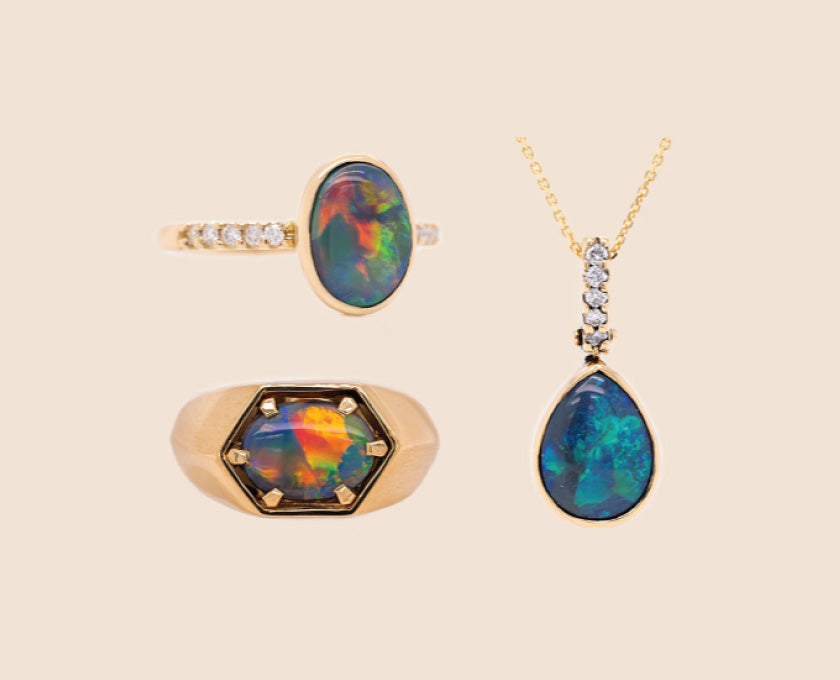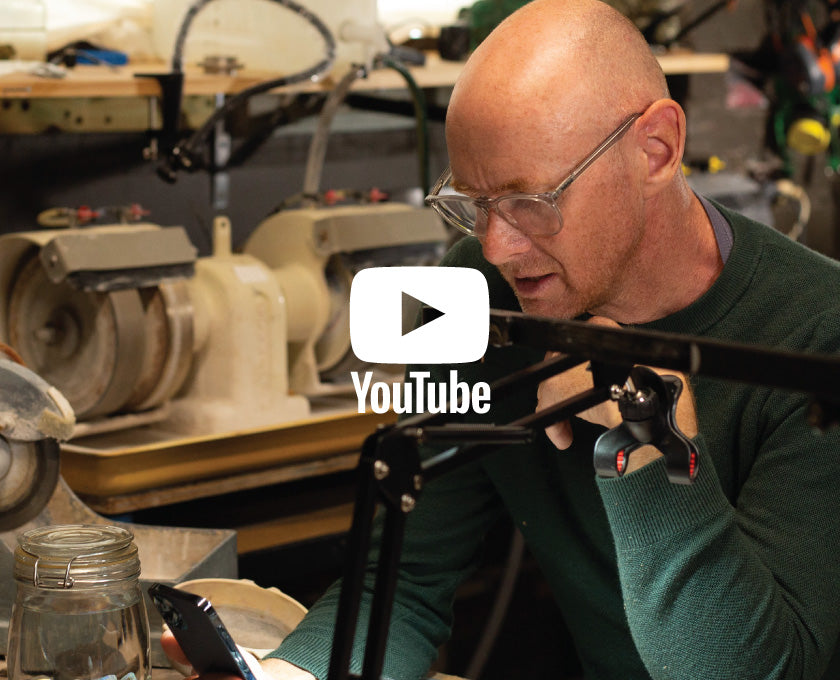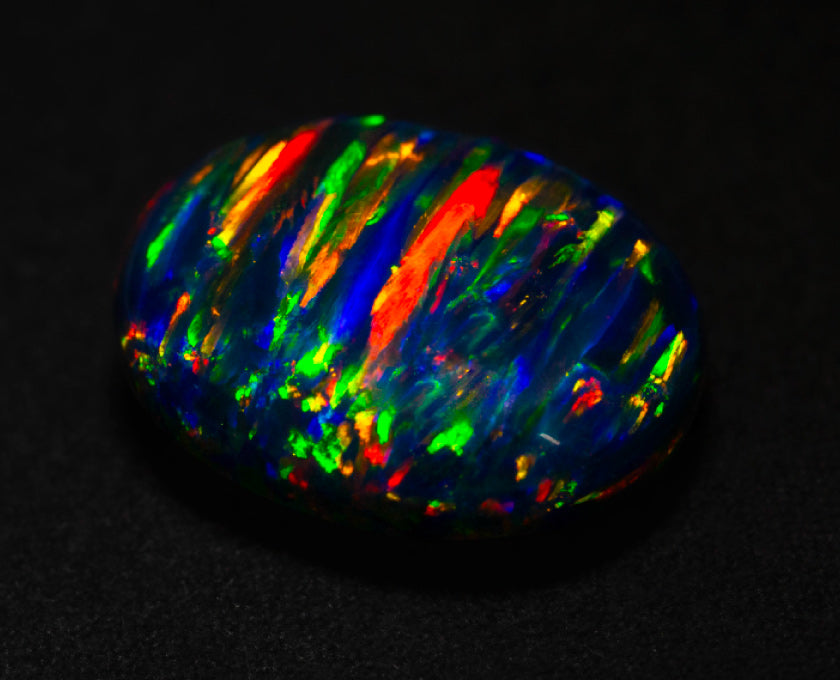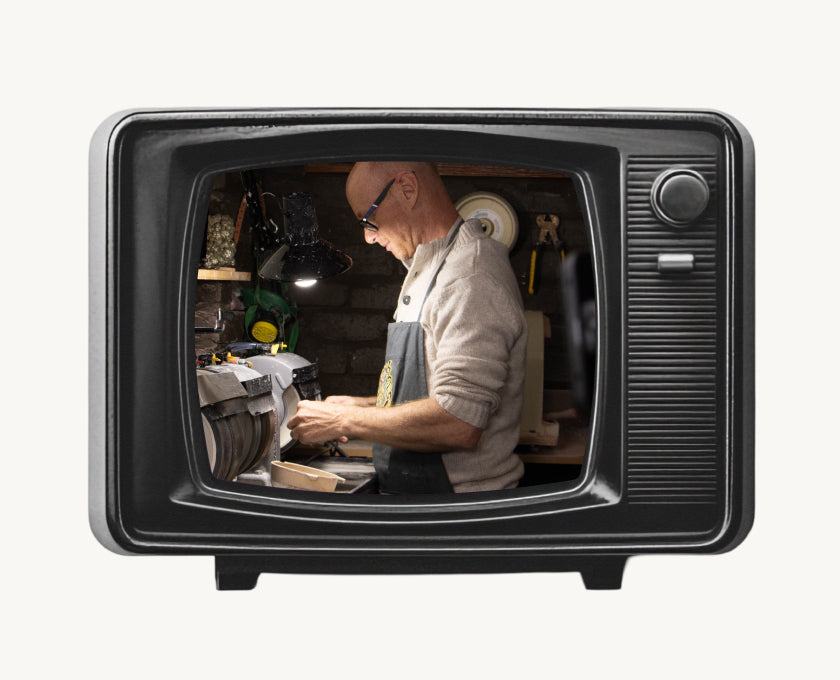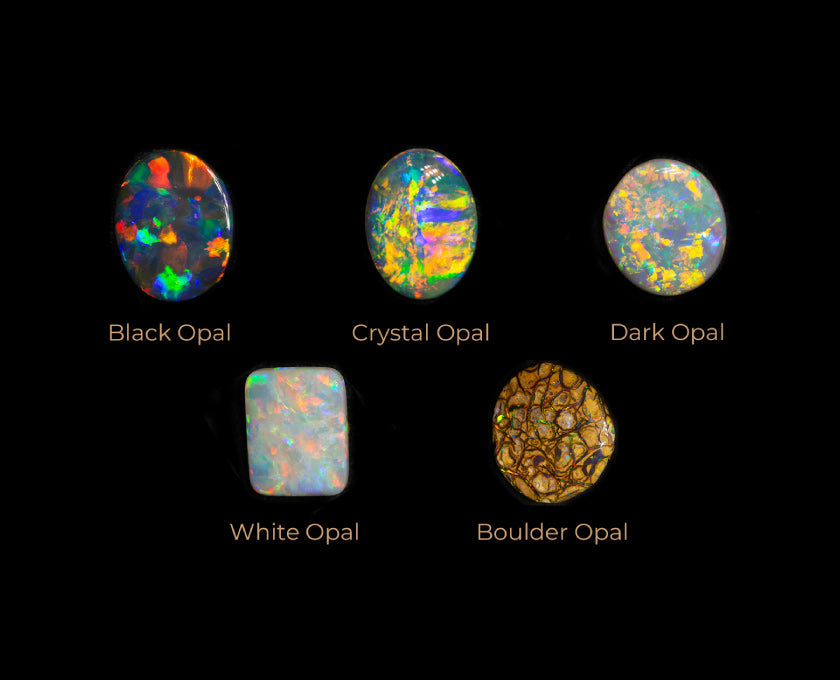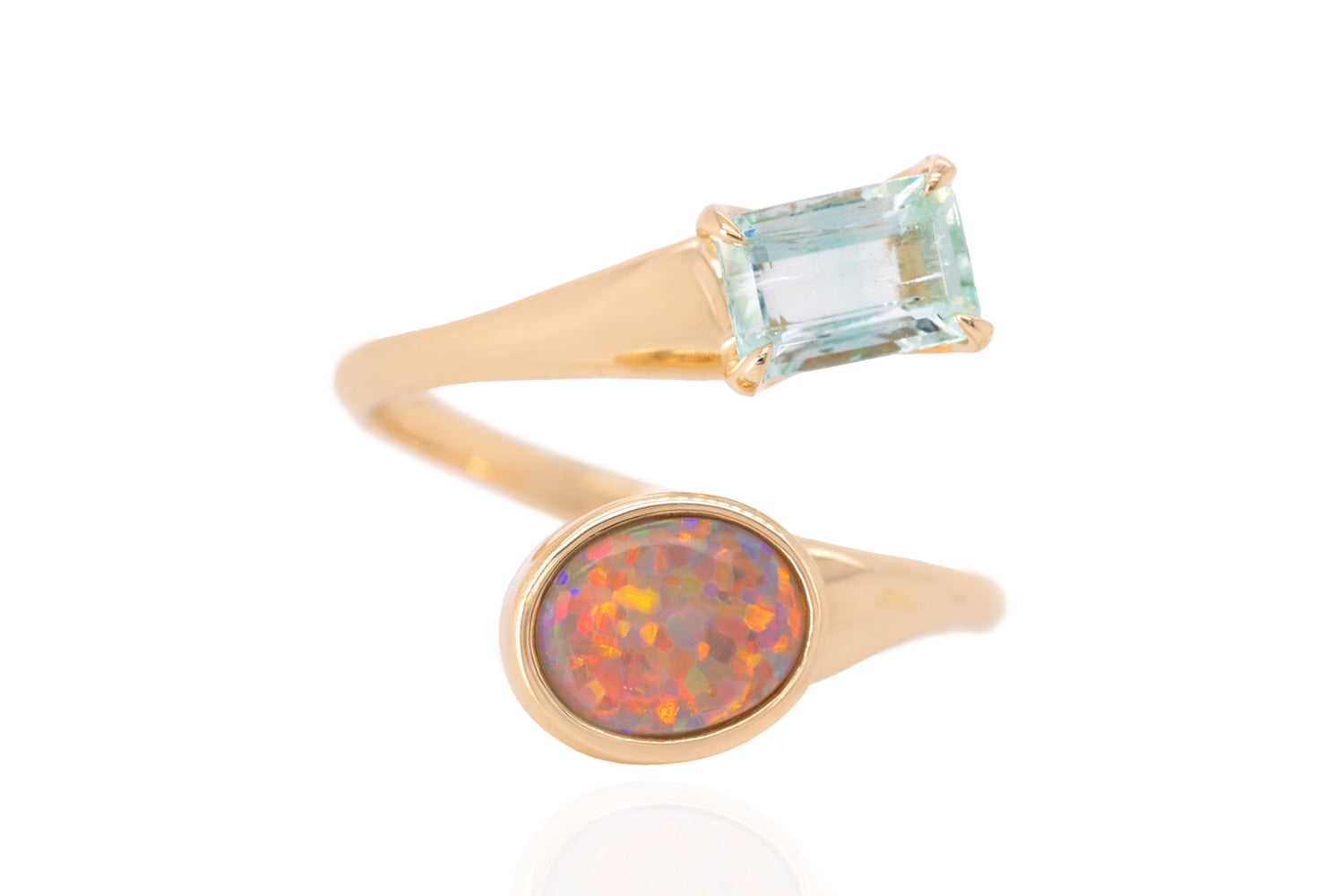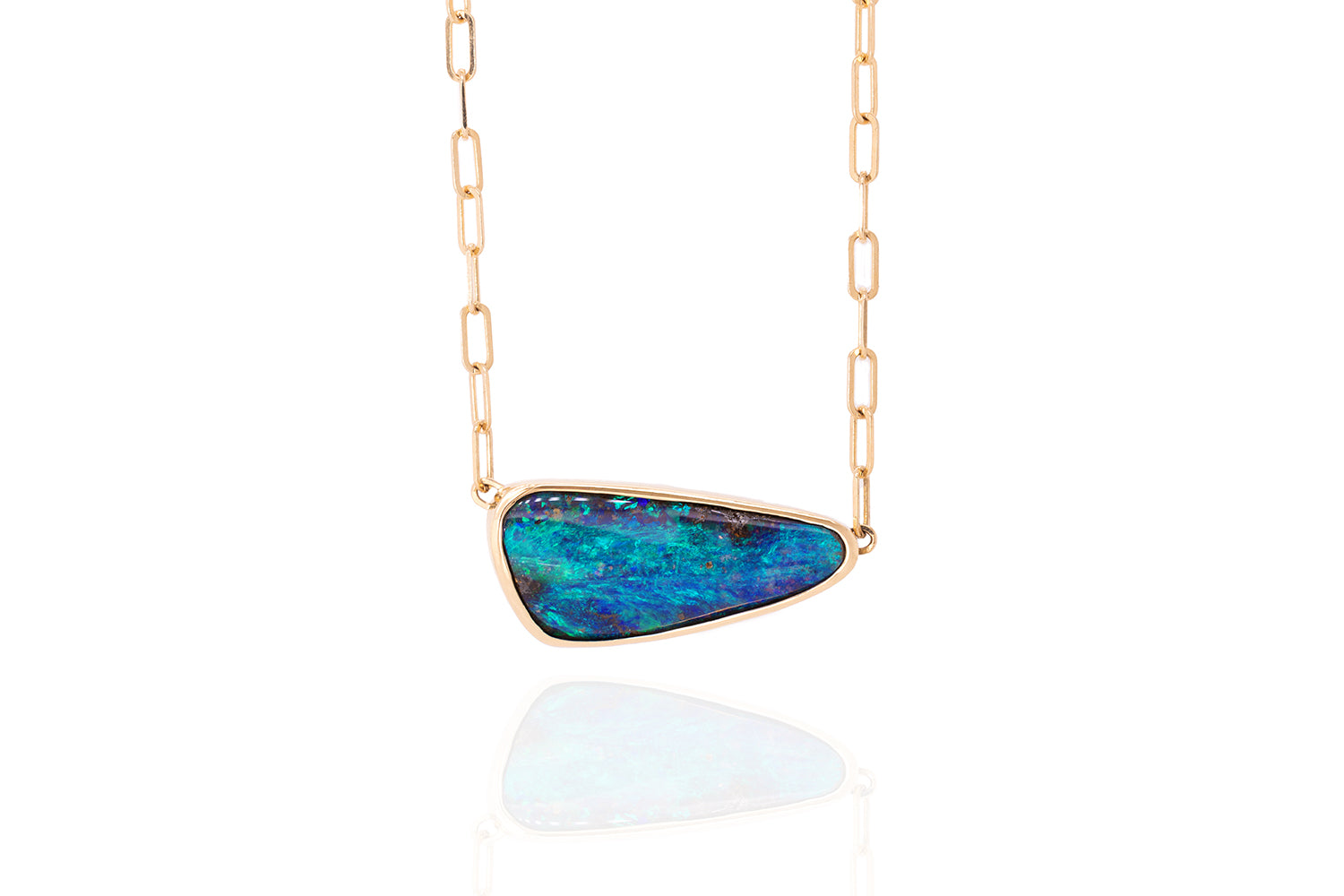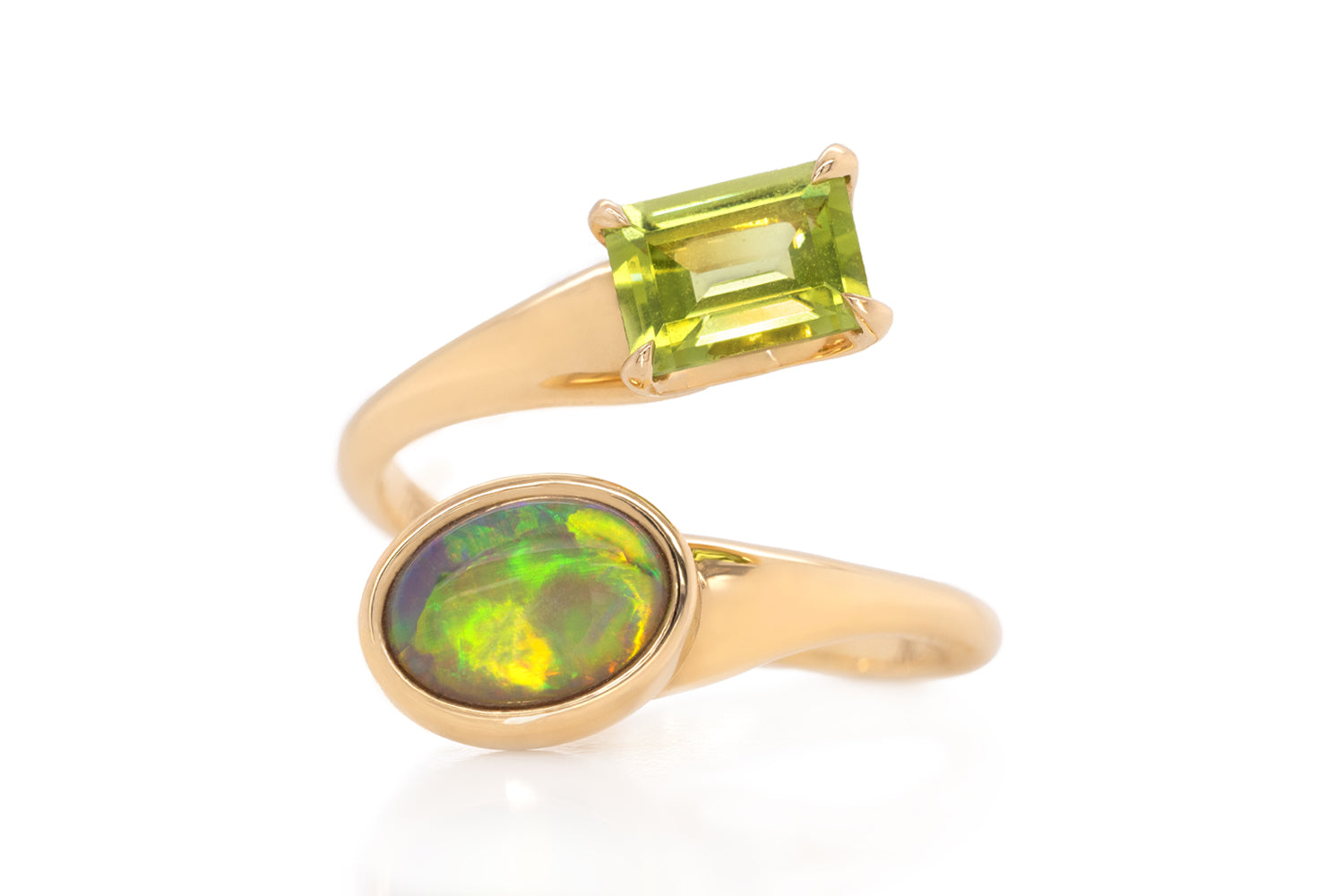
Every opal is unique but with my help, there are a few common patterns that you’ll be able to recognise! Today I’m going to take you through some of the stones in stock and talk about five differe...
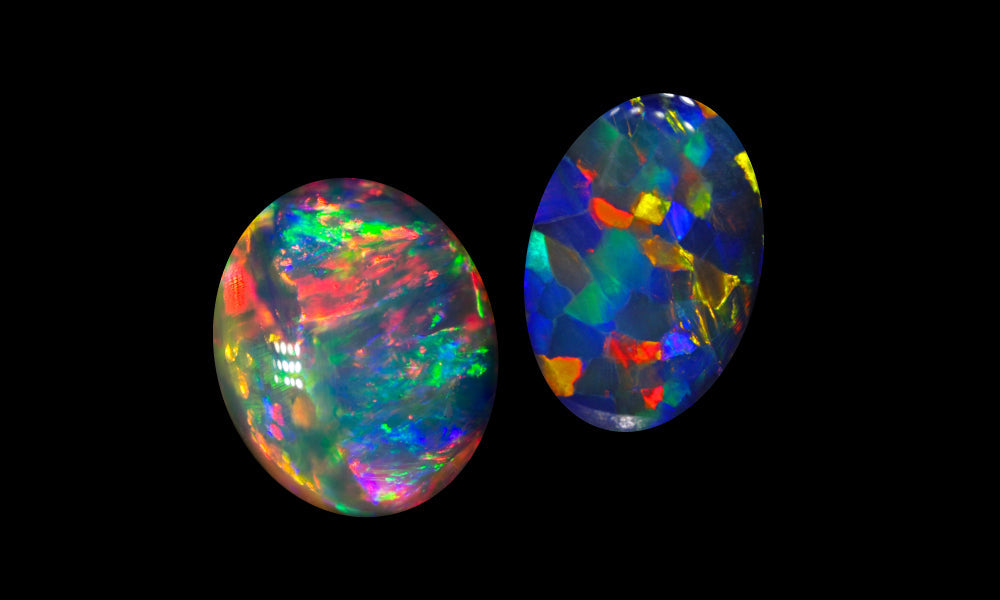
When you work closely with opal for over 30 years, you can sometimes forget how important the most obvious questions are! In this video, I help you understand what black opal is and why it is so v...

We are proud to now offer all customers purchasing opal the addition of an independent valuation. An independent valuation provides you with peace of mind that you are purchasing a natural opal. Th...
Blue Opal is a common term that refers to the dominant opal color, not the body color (i.e. black, semi-black, white), as is thought by some. Universally blue is the most popular color globally and...
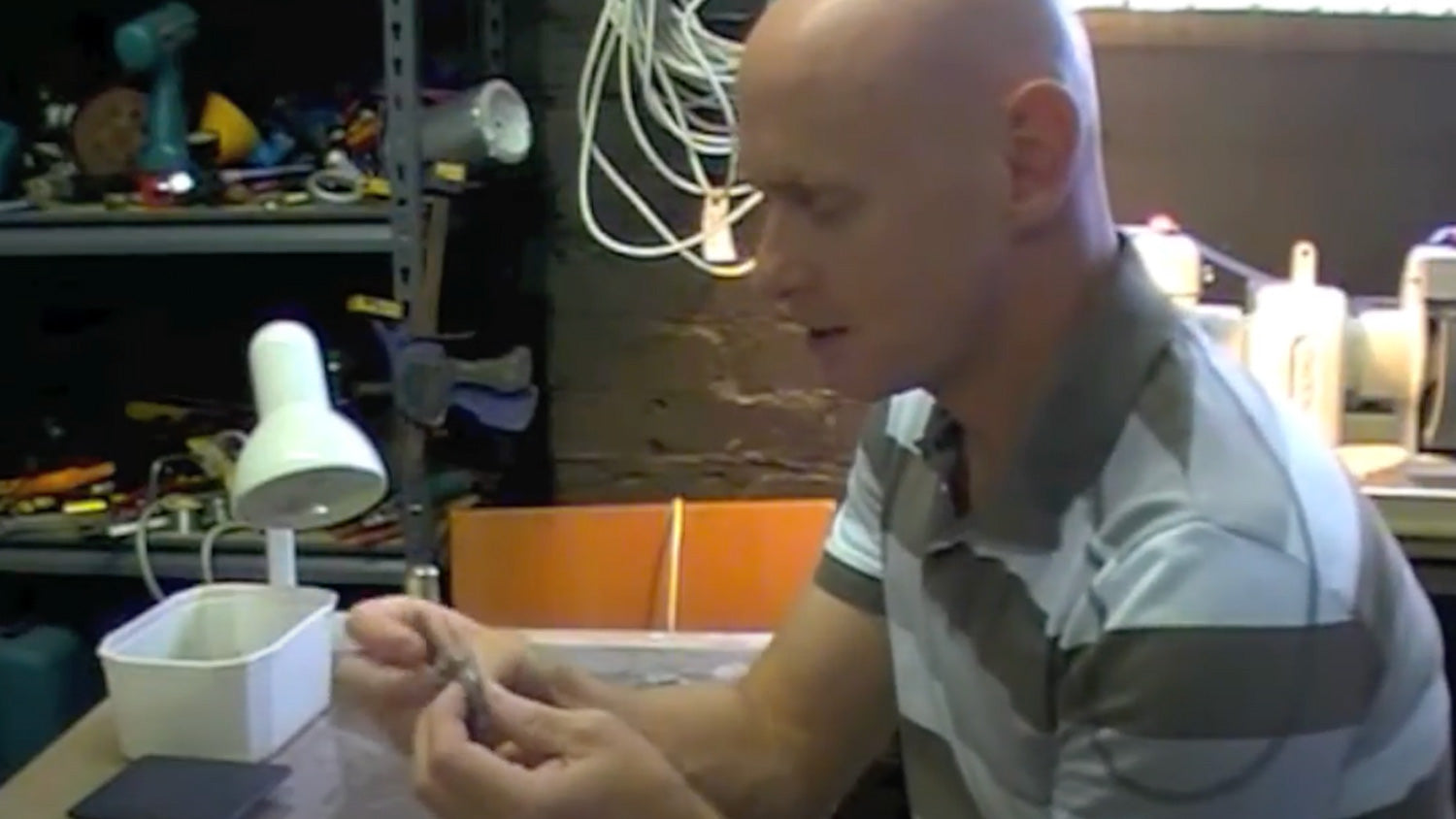
There are two types of rough opal found in Lightning Ridge; nobby opal and seam opal. What are they? And how can you spot them? Rough Nobby Opal Rough nobby opals are found mostly in the Cooceran ...
Nowadays, we refer to lots of different types of harlequin pattern in opal. It has become a bit of a catchall phrase for great blocks of pattern arranged in a manner pleasing to the eye. Some of th...
Opal fossils are opals formed in the cavity left underground by an animal that has perished and left the shape of its former self to be filled by silica spheres over many years. The rain that falls...
Natural opal is the term used for opal that has naturally formed in the ground in areas where silica is in high concentration through the natural fissures and cavities that have been formed undergr...
Matrix opal is a treated opal that comes from in Australia. It is defined as opal in host rock. The main field that produces this matrix opal is Andamooka in South Australia. The field was discover...

